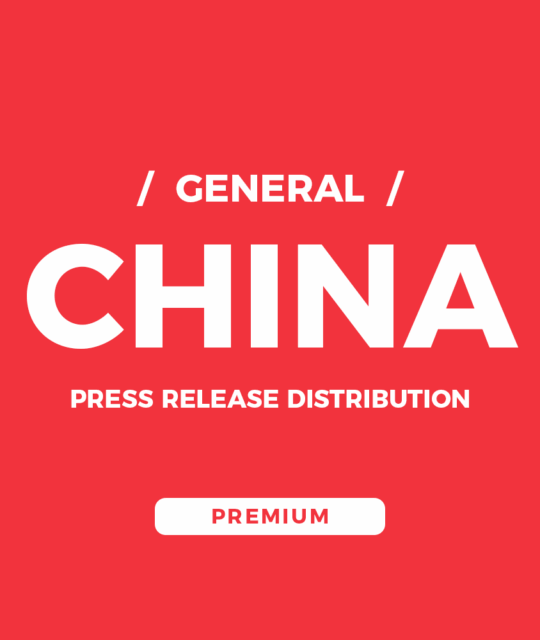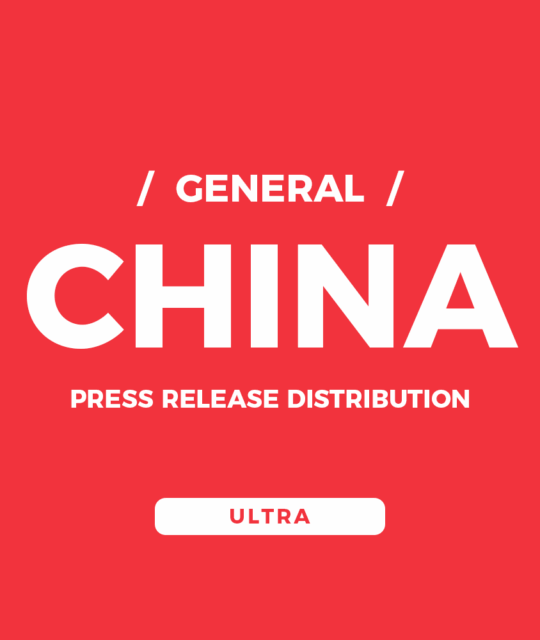China’s media and public relations environment is famously multifaceted and rapidly evolving. For global brands and companies looking to establish or expand their presence, understanding this landscape is crucial. It requires not only mastering the unique regulatory environment but also engaging with a wide array of media types, digital platforms, and influencers to reach diverse Chinese audiences effectively.
Understanding China’s Media Ecosystem
China’s media can be broadly categorized into traditional state-run media, commercial media, and the booming digital and self-media sectors.
- State Media: These include outlets like Xinhua News Agency, China Daily, and CCTV. They play a significant role in shaping public opinion and are often the first stop for major announcements or regulatory updates.
- Commercial Media: Platforms such as Caixin, Sina News, Tencent News, and South China Morning Post combine traditional journalism with digital innovation, reaching millions with lifestyle, finance, and tech news.
- Self-Media: Independent bloggers, WeChat public accounts, and microbloggers on Weibo produce a vast amount of niche content, highly influential within targeted communities.
Key Challenges in China’s PR Landscape
Regulatory Environment
The Chinese government regulates media and online content tightly. Foreign brands must navigate restrictions on advertising, censorship, and approval processes. Understanding these regulations and working with knowledgeable local partners is essential to avoid costly missteps.
Media Fragmentation
Unlike Western markets dominated by a few major outlets, China’s media landscape is highly fragmented. Different platforms appeal to specific demographics, regions, and interest groups. A one-size-fits-all approach rarely works.
Digital Ecosystem Complexity
China’s internet is largely isolated from global platforms like Facebook, Twitter, and Google. Instead, local giants dominate:
- WeChat: More than a messaging app, it is a platform for brand storytelling, e-commerce, and customer service.
- Weibo: Microblogging for viral campaigns and public discourse.
- Douyin: The powerhouse short-video platform influencing youth culture.
- Rednote (小红书): Lifestyle and product discovery platform, especially strong among urban women.
Strategies for Effective Media Engagement
Build Relationships with Key Media
Establish direct connections with journalists and editors at leading outlets like Caixin, Tencent News, and Sina. Personalized, culturally sensitive pitches improve coverage chances.
Leverage Influencers and KOLs
Collaborate with Chinese influencers who align with your brand values. Their authentic voice can amplify your message on Douyin, Rednote, and Weibo.
Tailor Content for Local Platforms
Customize press releases, visuals, and stories to fit each platform’s style. For example, a detailed report works well on WeChat public accounts, while snappy, emotional content thrives on Douyin.
Monitor and Adapt
Use local PR monitoring tools to track media mentions and public sentiment. Being agile allows you to respond quickly to emerging trends or potential crises.
How China Business Agency Can Help
With deep expertise and local presence, China Business Agency guides your media and PR efforts from strategy to execution:
- Media mapping and relationship building with Xinhua, China Daily, Caixin, Tencent News, Sina, and more.
- Crafting localized messaging adapted for digital and traditional channels.
- Managing influencer campaigns on Douyin, Rednote, Weibo, and Bilibili.
- Navigating regulatory compliance and crisis communication.
- Leveraging our parent company, Tang Cultural Media’s extensive media network and resources.





